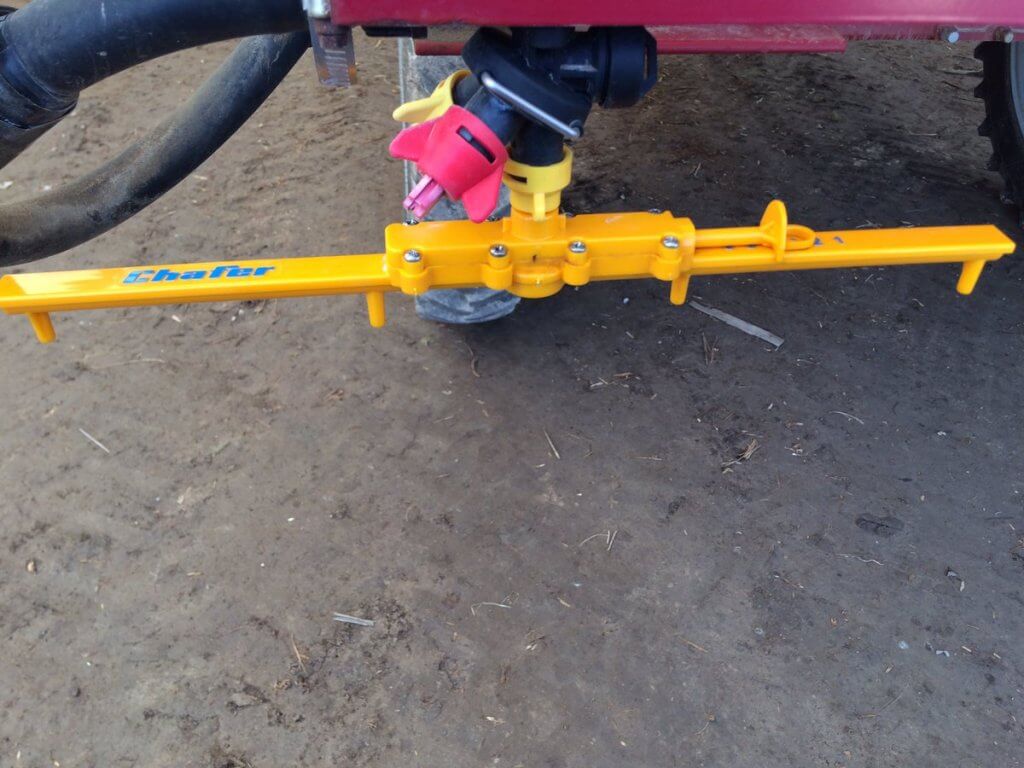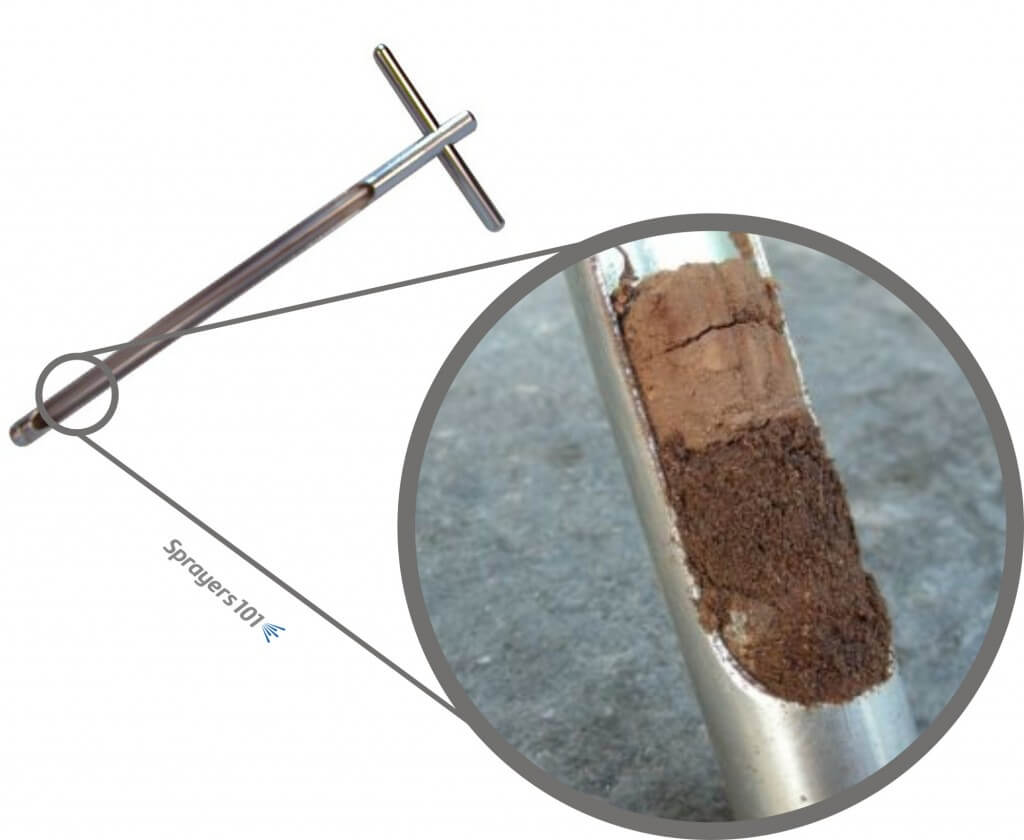
With an ever growing selection of options for nozzles and streamer bars, many growers are asking the question, what should I outfit my sprayer with for winter wheat liquid fertilizer applications? Well, it depends on what are you trying to accomplish. If the goal is to push your winter wheat management and improve yields, then […]
Read More… from Nitrogen Application Technology in Winter Wheat



